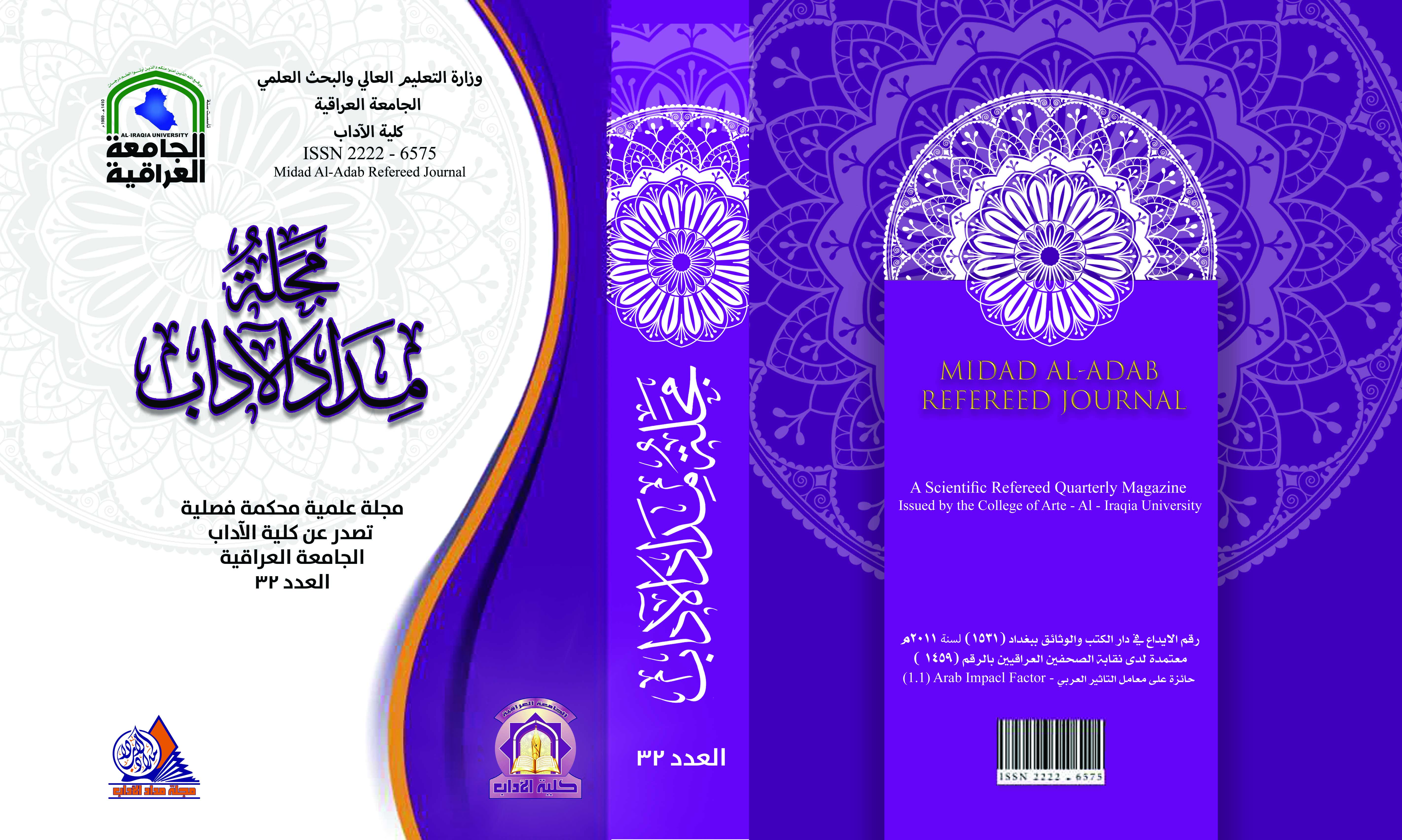Scientific centers in the city of Sousse From the Arab Islamic conquest until the end of the Aghlabid state 296 AH / 908 AD
DOI:
https://doi.org/10.58564/ma.v13i32.1094Keywords:
Keywords: Al-Aghlabid, Centers, Science, The opening, North Africa, Sousse.Abstract
The scientific centers established by the Arab and Muslim conquerors in the cities of the North African coast constituted a turning point in Arab-Islamic history because of the intellectual, scientific, and cultural activity that they brought about in an unstable environment, both politically and militarily. The Arab and Muslim conquerors and the princes and rulers who came after them and established states and emirates succeeded in spreading the Islamic religion and the Arabic language in light of a diverse demographic fabric. They inspired the inhabitants of the cities of this coast to convert to Islam and learn Arabic. The contribution of some companions and followers who accompanied the Arab Islamic armies that went to conquer the cities of this coast had the greatest impact in spreading ideological awareness. The intellectual in a pagan environment dominated by ignorance and superstition, and the city of Sousse was the most close example of the ideological and intellectual orientation of the Muslim Arabs in the cities of the North African coast since the start of the African conquest, these ancient Phoenician city were geopolitically important for their important geographical location as a naval base. A commercial center that controls the trade of the North African coasts, and it was one of the first cities on the North African coast to which the eyes of the Arab and Muslim conquerors were directed since the third decade of the first century AH or seventh century AD until its conquest was completed in the mid-ninth decade of the same century, and after its entry into the fold of the state.
The Islamic Arabs turned to it for Muslims to live in, and they were able to give it the Islamic character, so they established the university mosques, the ligaments, and other centers of knowledge and culture, and later it became a center and a link to which the jurists, sheikhs, and scholars of the nation from the east and west of the Arab Islamic state turned for the purpose of jihad and stationing, and the presence of these people created activity. And a scientific renaissance affected the inhabitants of this city, so they learned at their hands the principles of the Islamic religion, and this was reflected in the large number of its scientific centers and cultural forums not to mention the Islamic architecture featured by mosques and domes. The Aghlabid had the greatest impact on the prosperity of these centers. The Islamic Arabs turned to it for Muslims to live in, and they were able to give it the Islamic character, so they established the university mosques, the ligaments, and other centers of knowledge and culture, and later it became a center and a link to which the jurists, sheikhs, and scholars of the nation from the east and west of the Arab Islamic state turned for the purpose of jihad and stationing, and the presence of these people created activity. And a scientific renaissance affected the inhabitants of this city, so they learned at their hands the principles of the Islamic religion, and this was reflected in the large number of its scientific centers and cultural forums. The Aghlabid had the greatest impact on the prosperity of these centers.








